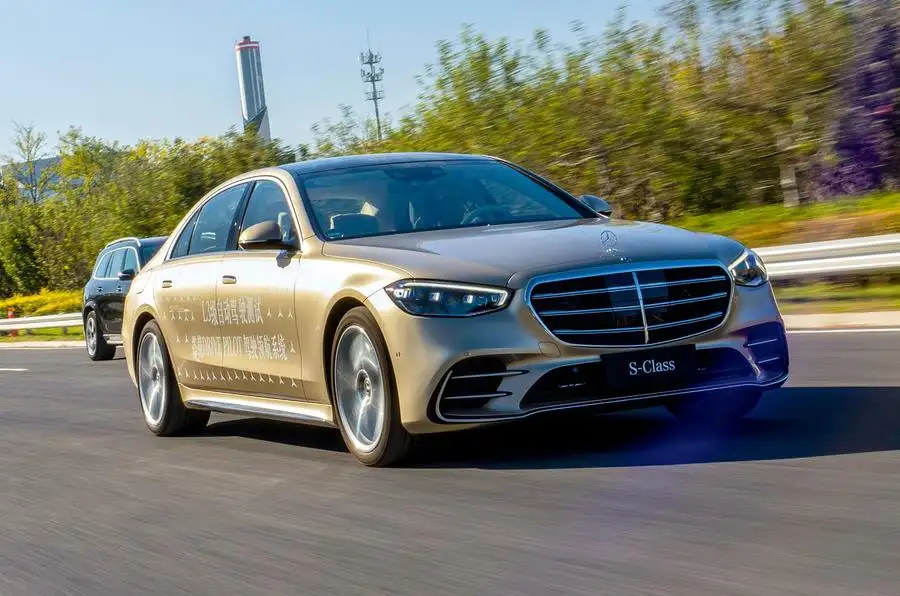Autocar recently had the opportunity to test Mercedes-Benz’s upcoming autonomous driving technology at the carmaker’s research center in Beijing. The test involved driving one of the fleet’s S-Class prototypes equipped with the new technology.
The most noticeable feature is the additional digital display, which provides a comprehensive map of all road users in the vicinity, ranging from pedestrians to trucks. The technology itself emphasizes simplicity.
Once a destination is selected through the navigation system, autonomous mode can be activated with a steering wheel button after manual driving initiation. During the test drive, the vehicle seamlessly navigated a busy four-lane arterial road in southern Beijing, reaching the speed limit of 60kph (37mph) and changing lanes without driver intervention.
Encountering the first traffic light, the car halted in the far left lane, a strategic positioning. When the light turned green, it resumed movement until reaching a major intersection, where it stopped again to yield to oncoming traffic.
Mercedes-Benz’s chief software officer, Magnus Östberg, highlighted the challenge of programming the U-turn function, a feat achieved by few companies.
While some bugs were encountered during the test, such as sudden braking when cars swerved between lanes, the system prioritized safety over swift response to traffic clearance.
Östberg mentioned that the software is in its final stages, with ongoing calibration work. Despite these minor issues, the 30-minute test drive during Beijing’s rush hour demonstrated Mercedes-Benz’s significant progress toward realizing its autonomous driving goals. The timeline for its introduction to Europe, however, depends on political decisions.









